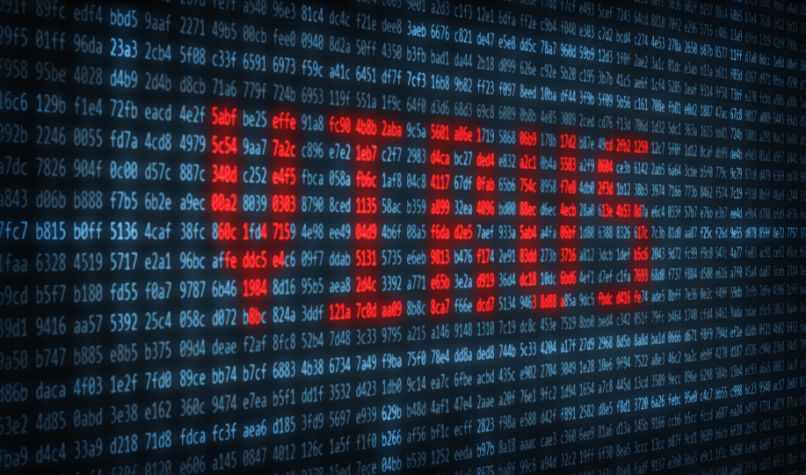

The hidden files will not be selected when using wildcards in commands, but all files and directories remain accessible by full name, for example you can always display the Windows trash bin directory by: ls -ld '$RECYCLE.BIN'. Hide_hid_files – Hide the hidden files and directories in directory listings, the hidden files and directories being the ones whose NTFS attribute have the hidden flag set. Furthermore, irrespectively of show_sys_files, all files are accessible by name, for example you can always do ls -l '$UpCase'. Please note that even when this option is specified, $MFT may not be visible due to a glibc bug. Otherwise the default behaviour is to hide the metafiles, which are special files used to store the NTFS structure. Show_sys_files – Show the metafiles in directory listings.
hide_hid_files (the default is to show them). Click Start, right-click Computer and click Properties.  show_sys_files (the default is to hide them) and How to clean infections found in System Volume Information 1. Windows uses these flags to hide files in its file manager by default. The Bitdefender engines can detect any infected files stored by the System Volume Information, but being a protected area it may not be able to remove them.The NTFS-3G file system driver has mount options that let you show/hide files with the "system" or "hidden" file attributes. The System Volume Information folder is a zone on your hard drive created by the Operating System and used by Windows for storing critical information related to the system configuration. How to clean infections found in System Volume Information
show_sys_files (the default is to hide them) and How to clean infections found in System Volume Information 1. Windows uses these flags to hide files in its file manager by default. The Bitdefender engines can detect any infected files stored by the System Volume Information, but being a protected area it may not be able to remove them.The NTFS-3G file system driver has mount options that let you show/hide files with the "system" or "hidden" file attributes. The System Volume Information folder is a zone on your hard drive created by the Operating System and used by Windows for storing critical information related to the system configuration. How to clean infections found in System Volume Information






 0 kommentar(er)
0 kommentar(er)
